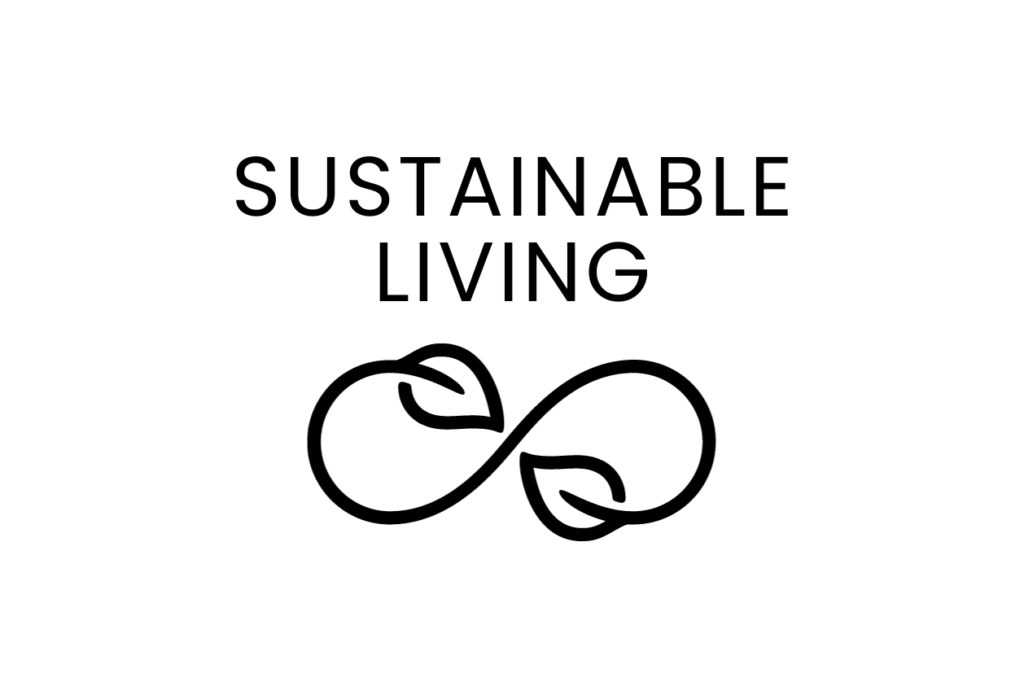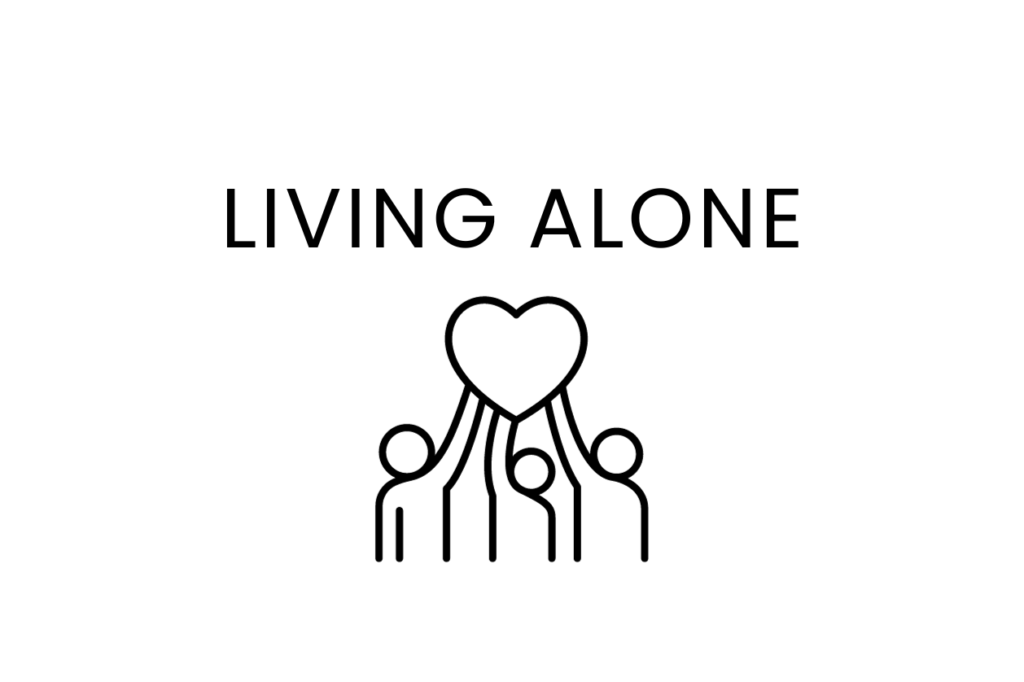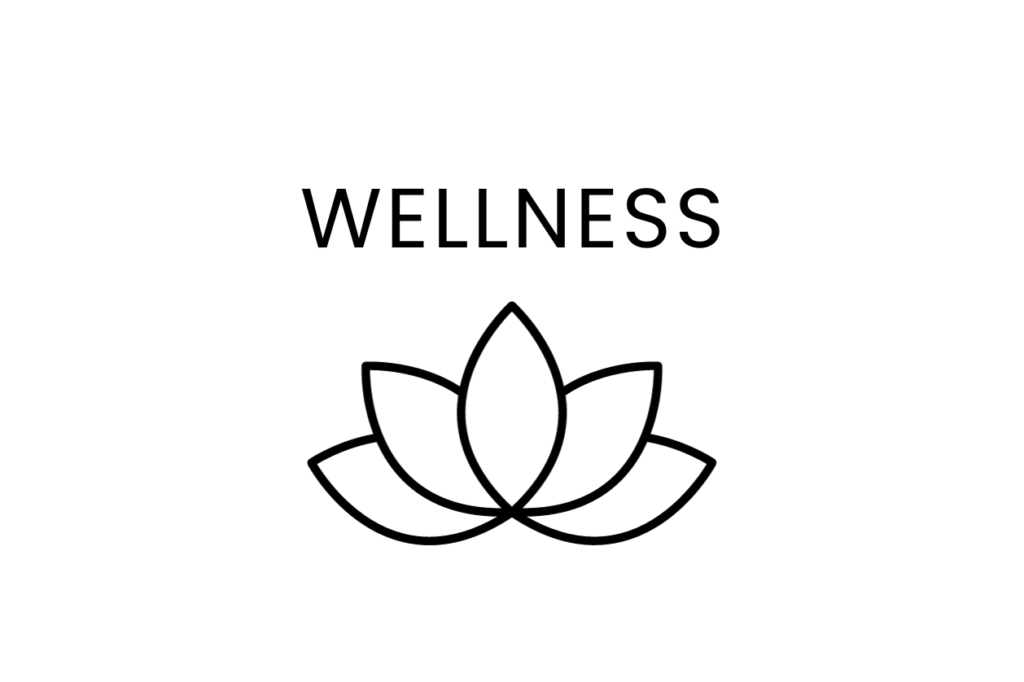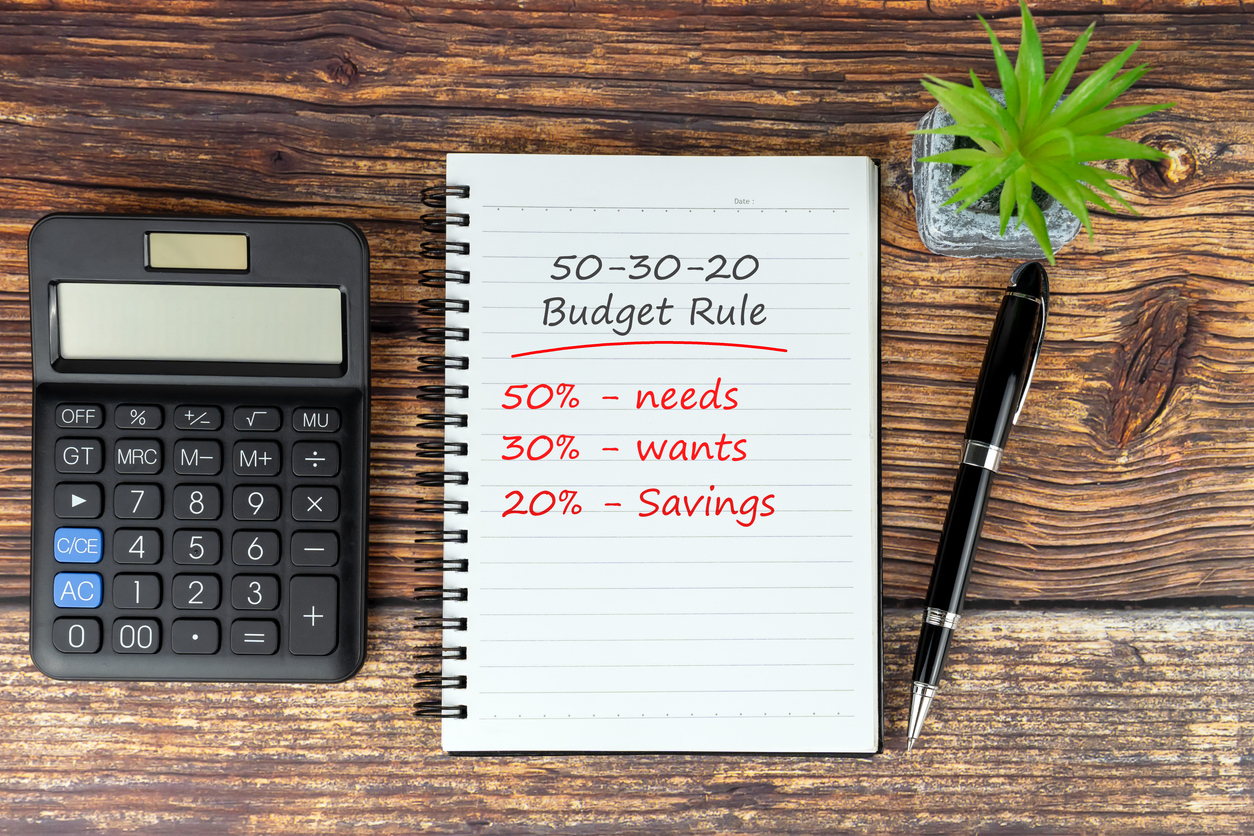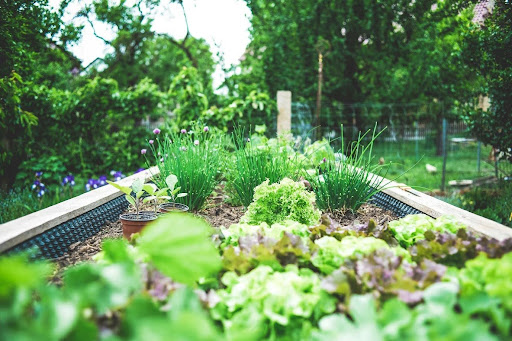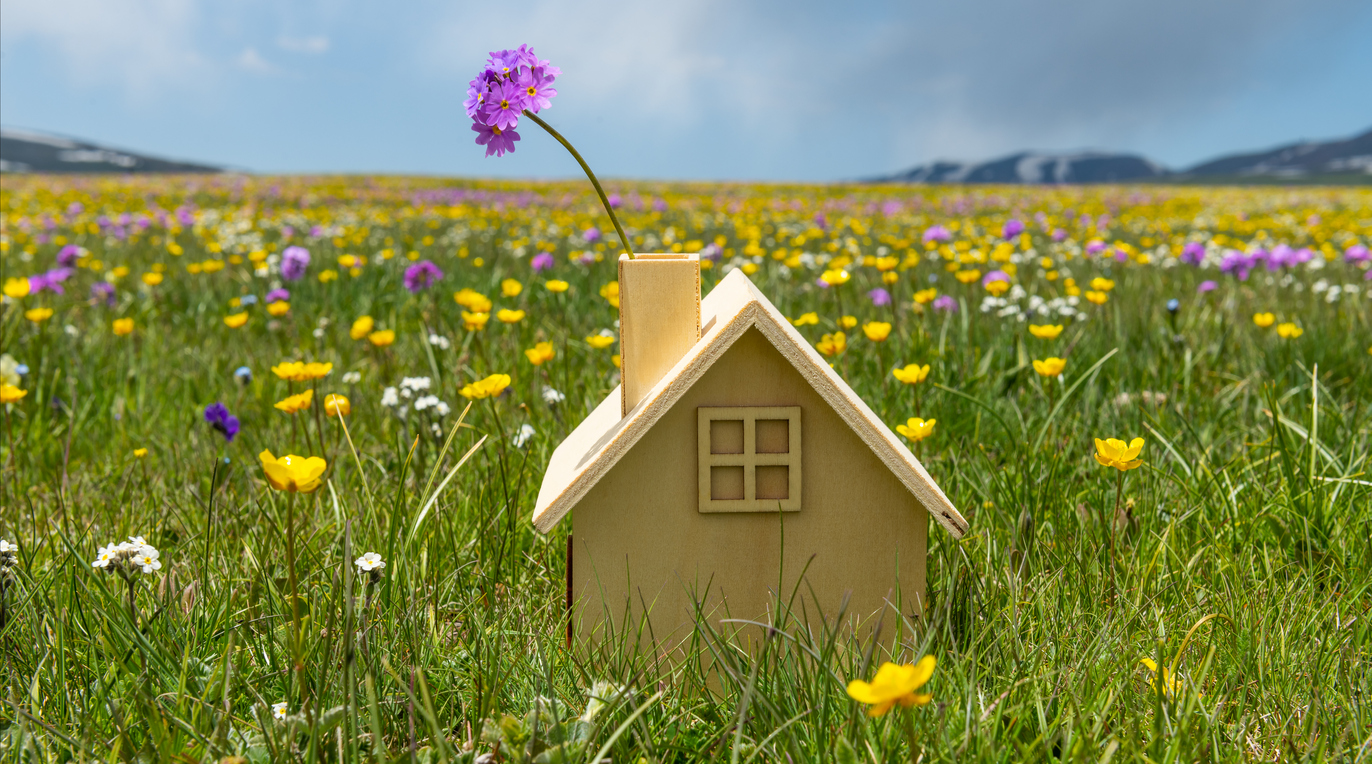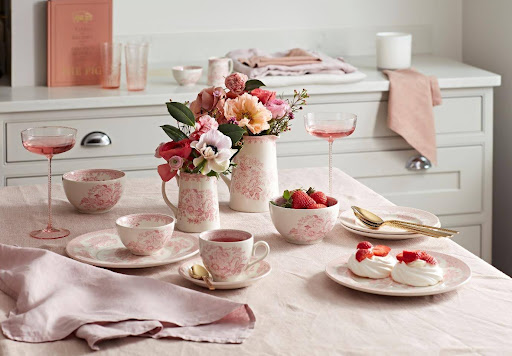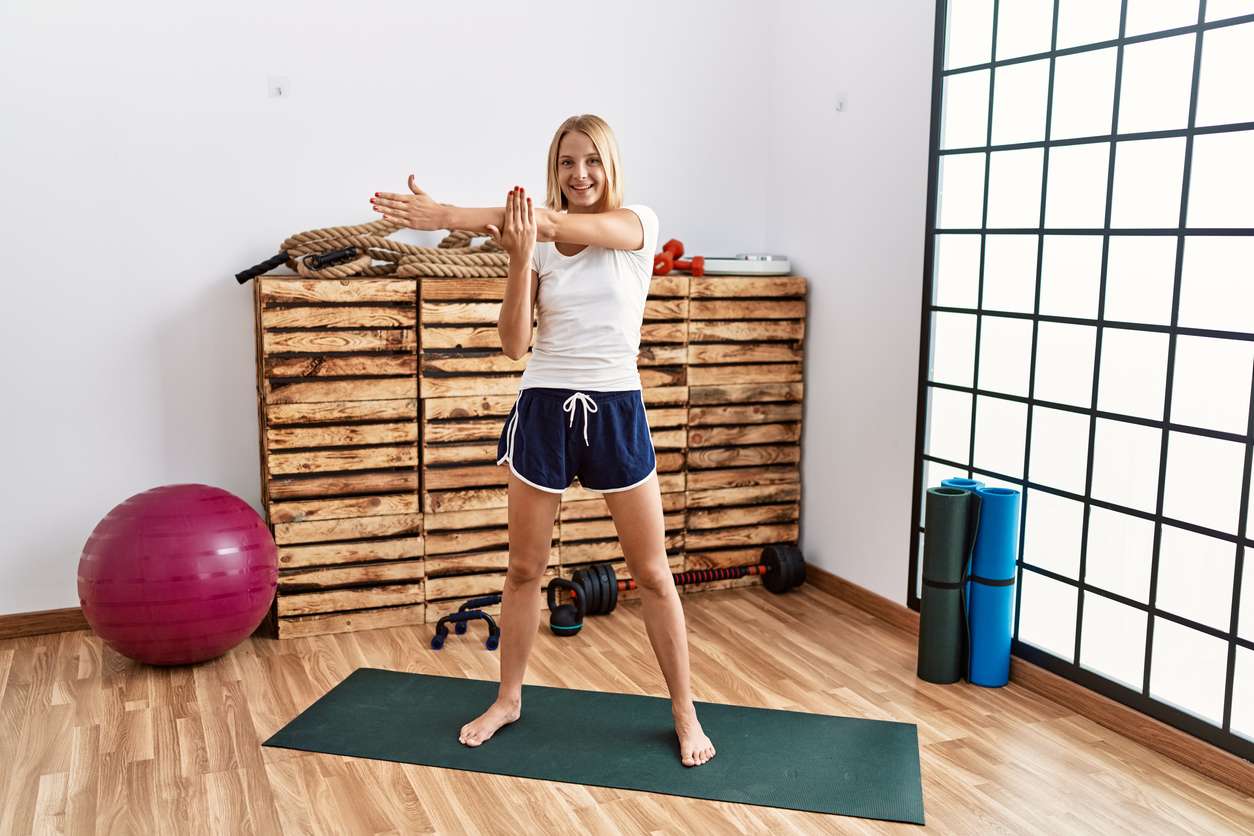With an increasing awareness of our impact on the environment, many of us are looking at how we can change our lifestyle in order to live sustainably. To help us, Matt Deighton, Managing Director at Sofas by Saxon, tells us how we can adapt our home interior by investing in sustainable furnishings and décor in our homes.
6 Tips For Adapting Your Home Interior To Suit A Sustainable Lifestyle
Sustainable Living | 19th August 2019 by Matt Deighton
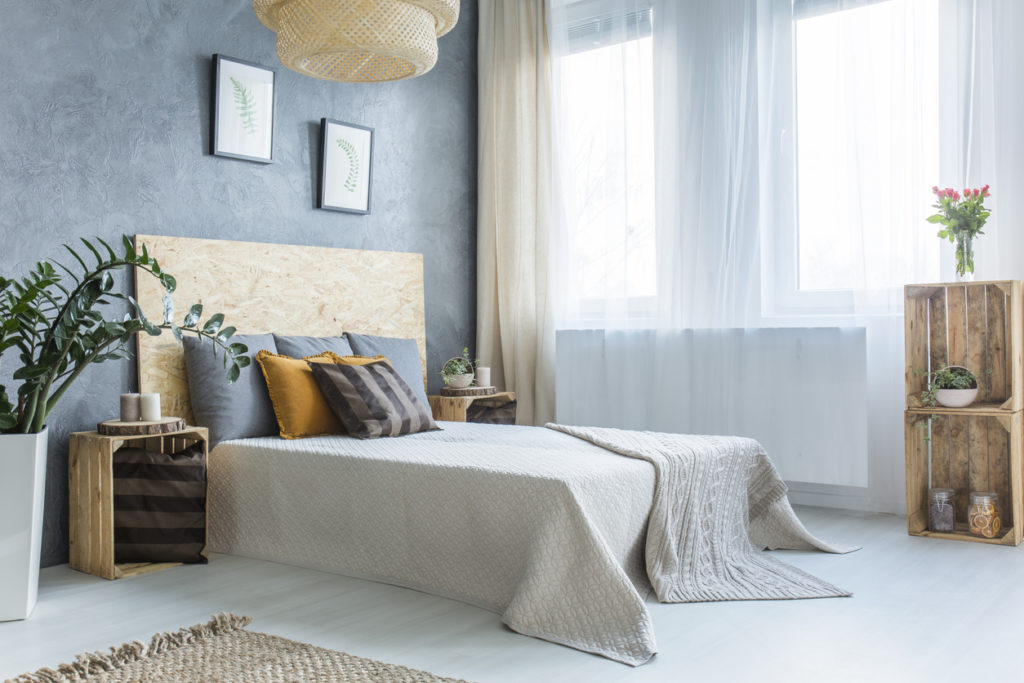
Last year, around 22 million items of furniture were thrown away in the UK alone, according to research conducted by the North London Waste Authority (Wise Up To Waste). Britain clearly has a deeply ingrained throwaway culture, but if we truly want to make a difference, our habits need to change.
You might already be making an effort to change your eating and shopping habits to reduce your meat consumption and plastic waste, but you should also be looking at how you can make your home more eco-friendly. You could start by investing in more environmentally friendly alternatives to furnishings and decorations. In this article, I’ll be telling you how you can do just that.
6 Tips For Adapting Your Home Interior To Suit A Sustainable Lifestyle
1 Opt for natural, vegan materials
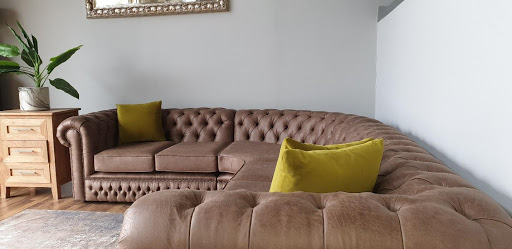
In some cases, the materials used to make our furniture aren’t good for the environment, which means you’ll need to look for more eco-friendly alternatives. For example, you could consider swapping your traditional leather sofa or armchair for one made from faux leather. These materials don’t use any animal products in their manufacturing, which results in lower demand for cow farming — a large contributor to greenhouse gases. Because it’s animal- and cruelty-free, faux leather is completely vegan, too.
For the rest of your furnishings, like side tables, dining sets, bed frames and wardrobes, wood can be a great eco-friendly option. And, because you can get so many different varieties, from oak to bamboo, you can mix and match them to suit your style. Just make sure the wood you choose comes with a Forest Stewardship Council (FSC) certification to ensure that it has been responsibly sourced.
For soft furnishings, cotton, linen and bamboo are all great natural alternatives to synthetic, man-made materials, like polyester, and don’t give off any harmful chemicals. Jute is another natural material that’s also very sturdy and durable, so it works great for rugs and carpets.
Because they’re all recyclable and biodegradable, these materials are a lot better for the environment than their synthetic alternatives. If you can, try to buy organic versions, which don’t use any chemicals in their growing process and are a lot more sustainable.
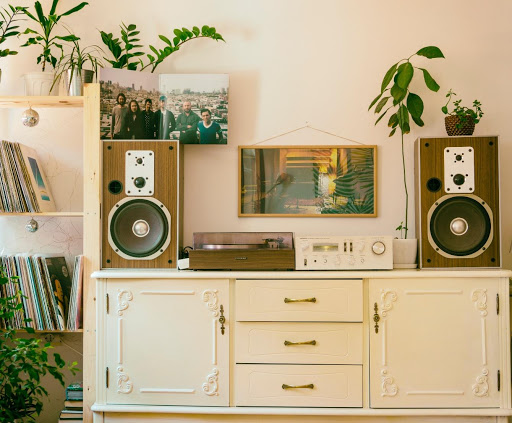
2 Go for British made furniture
3 Choose used and antique finds
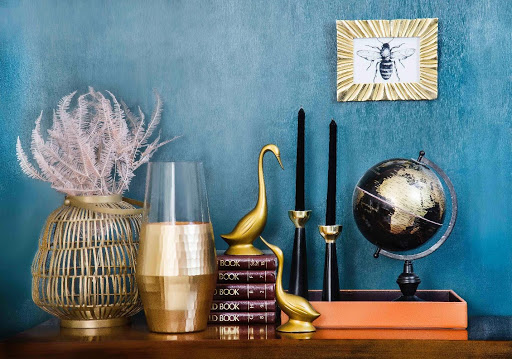
Stay away from chemical-based paints
When redecorating your home, you’ll likely be collecting paint swatches to find the right colour for each room. But before you buy your paint, consider its ingredients. Some paints contain chemicals like formaldehyde and acetaldehyde, which can release greenhouse gases like volatile organic compounds (VOCs) into the air. These chemicals can cause headaches, eye irritation and breathing problems.
As of 2010, all manufacturers are now required to comply with EU regulations for VOC levels (EUR-Lex). But the VOC levels in paints can still vary, as some manufacturers can hit these limits, and some can avoid them altogether. To stay on the safe side, try sticking to plant-based, water- or solvent-borne paints. You can usually find this information on the label — they may describe themselves as non-toxic or low VOC.
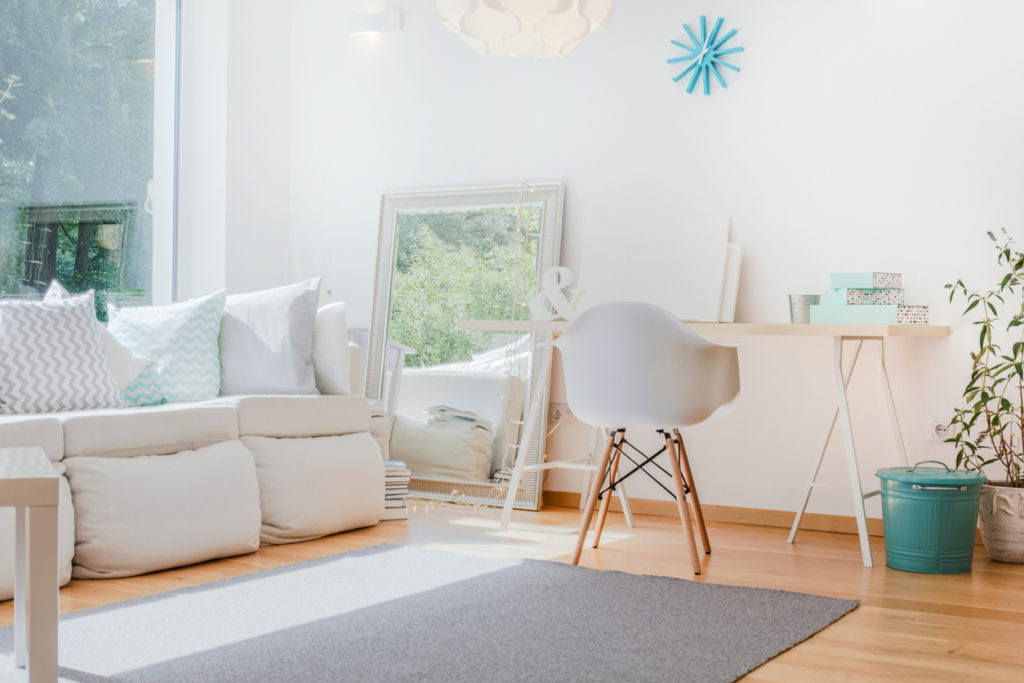
5 Let more natural light in
Your utilities aren’t just impacting your wallet. The energy needed to power your lighting and heating is also having a negative effect on the environment. A great way to lower your energy consumption is by installing bigger windows — and more of them. These will let more natural light flood your space, reducing the need to power lamps and ceiling lights.
The warmth from the sun will also help to heat up your home. And, if you invest in double glazing, roof insulation and or cavity wall insulation, you can retain more of this warmth inside, so you’ll be using less energy on your heating, too!
6 Make energy efficient swaps
Natural sunlight isn’t going to be available all the time, and you’ll still need lights for when it gets dark. Luckily LEDs are a much more energy efficient alternative to traditional halogen or incandescent lighting because they have a lower voltage but a higher output. This means they’ll take less energy to light up your home. So, consider making the switch if you haven’t done so already.
Going eco-friendly with your interior is easier than you might think. Make just some of the swaps in this guide and you’ll be taking a small step towards creating a big difference.
6 TIPS FOR ADAPTING YOUR HOME INTERIOR FOR A SUSTAINABLE LIFESTYLE
Share this post:
Hear from Solo Living now and then by signing up to our mailing list






